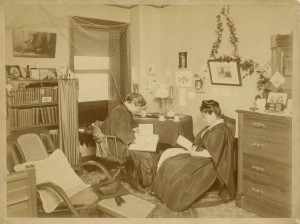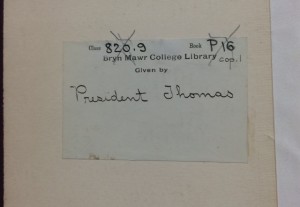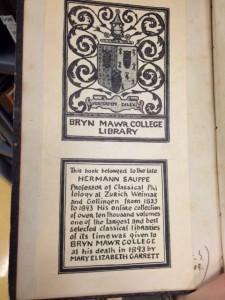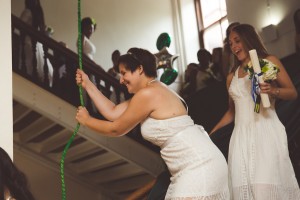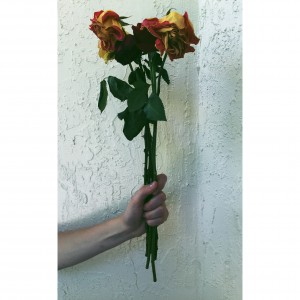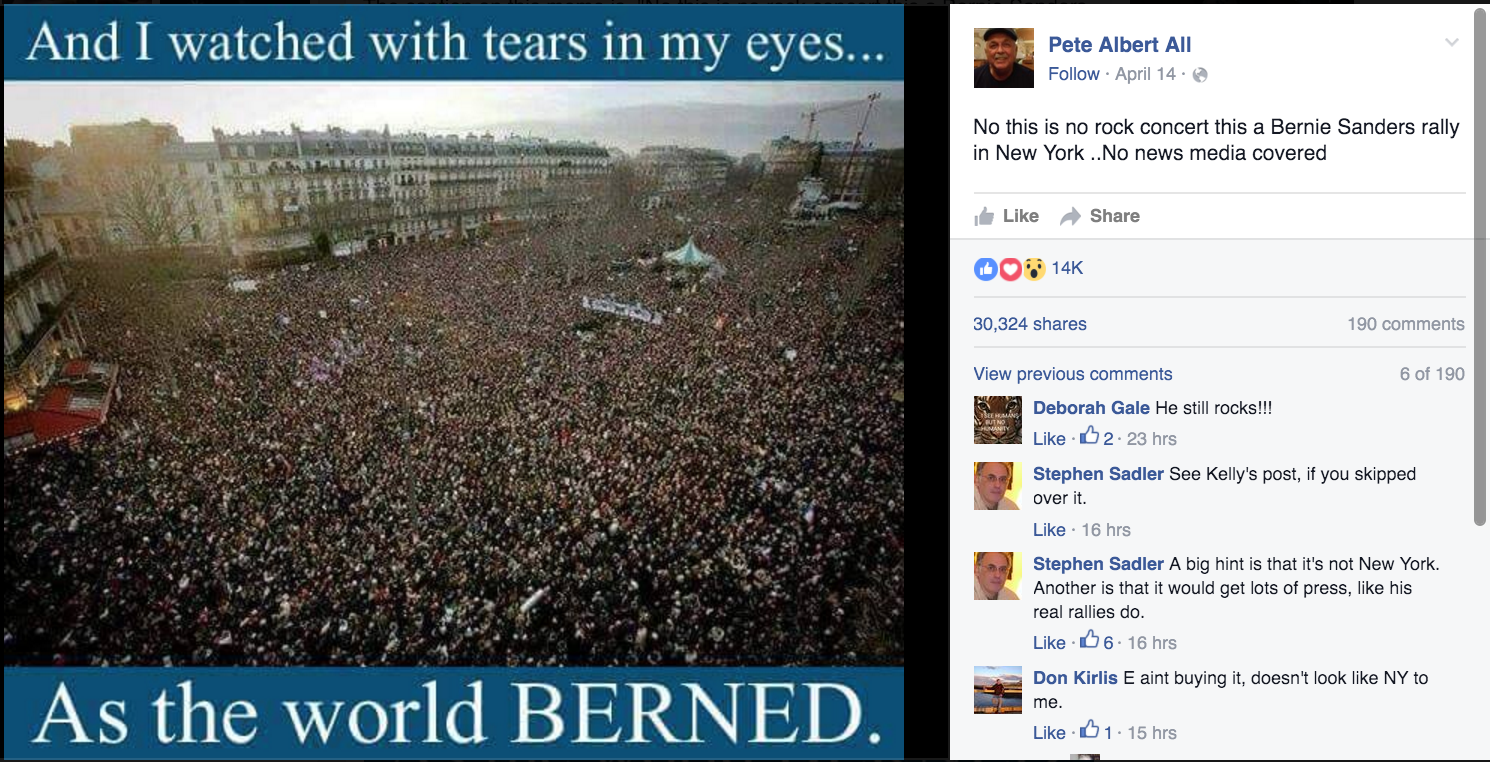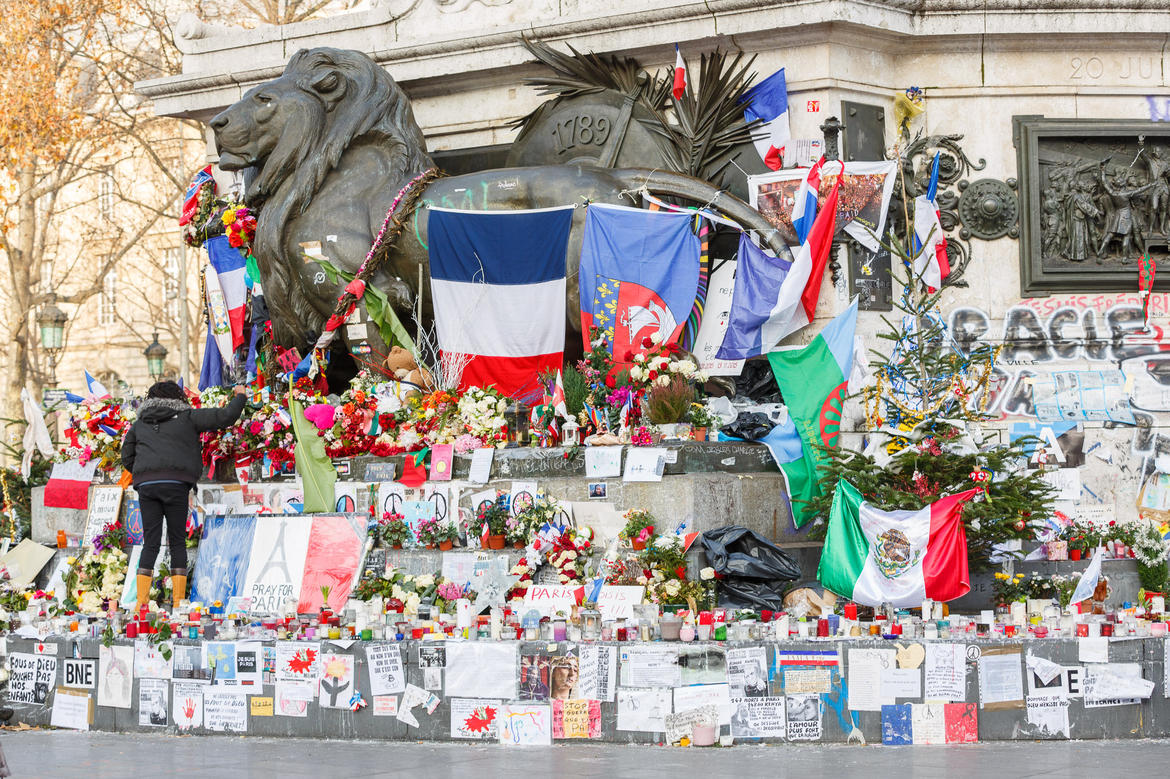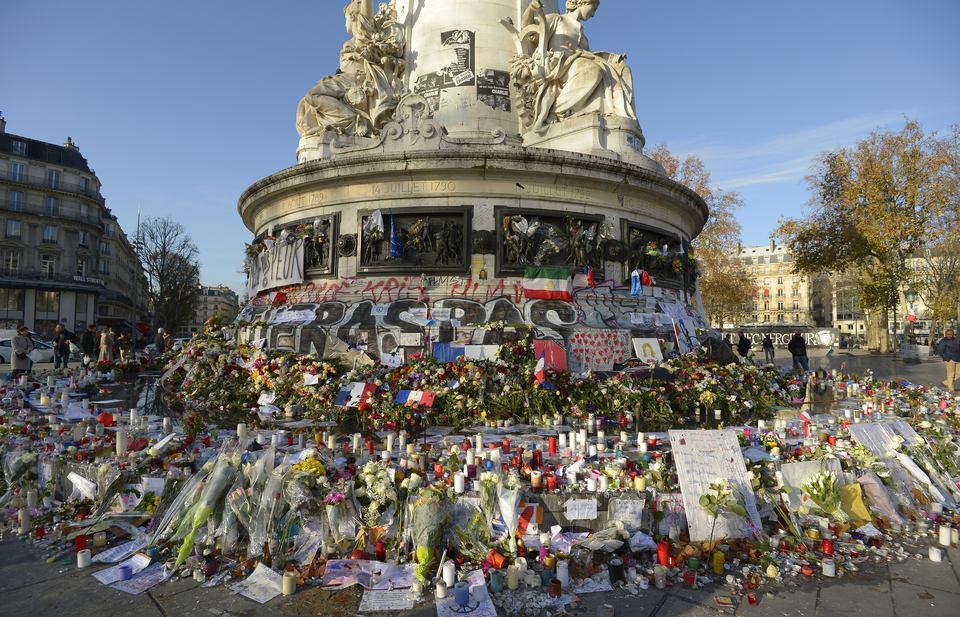Although my project began in analysis of the history, tactics, and beliefs of the anti-Vietnam war at Bryn Mawr, it now has a wider focus. I want to illustrate and create connections between activism at Bryn Mawr in the past and present, both through discussing histories of anti-war and anti-racist activism in the late 1960s, and by proposing a teach in type of space where alums could discuss their experiences with current students.
One question I’ve had throughout the class is if public history is activism, but another way of looking at it is to ask, is public history useful for activists. Obviously it can be consciousness raising among the public, and perhaps radicalize some, but there is another question of if it can do movement building work, which requires connecting with actual movements on the ground, their tactics, and goals. I think one way to do this is to have graduates share experiences with undergraduates. This could be far ranging, and has already happened to some extent, such as through Black alumni, but I think a focus on movement building, not just personal and experiential connections, would be helpful. How have recent anti-racist protests built on those of earlier years? What changes have occurred in movements at Bryn Mawr, and are those, for example, demographic, tactical, or political? How can we use the past to find moments of possibility and also understand our enemies better? I think actual discussion among students and alums would help answer some of these questions.

